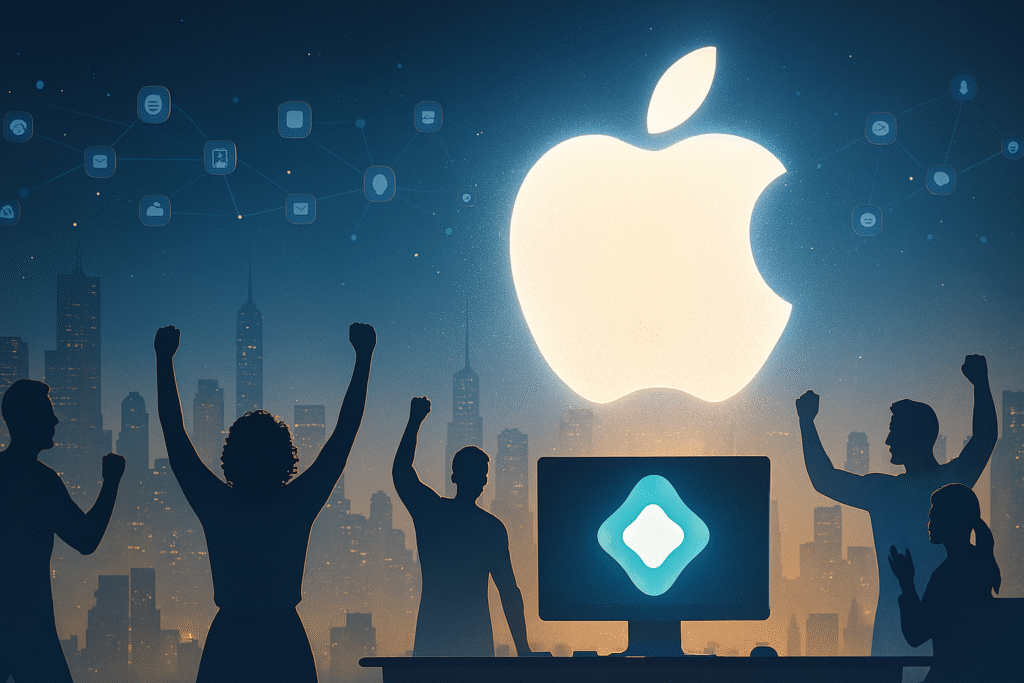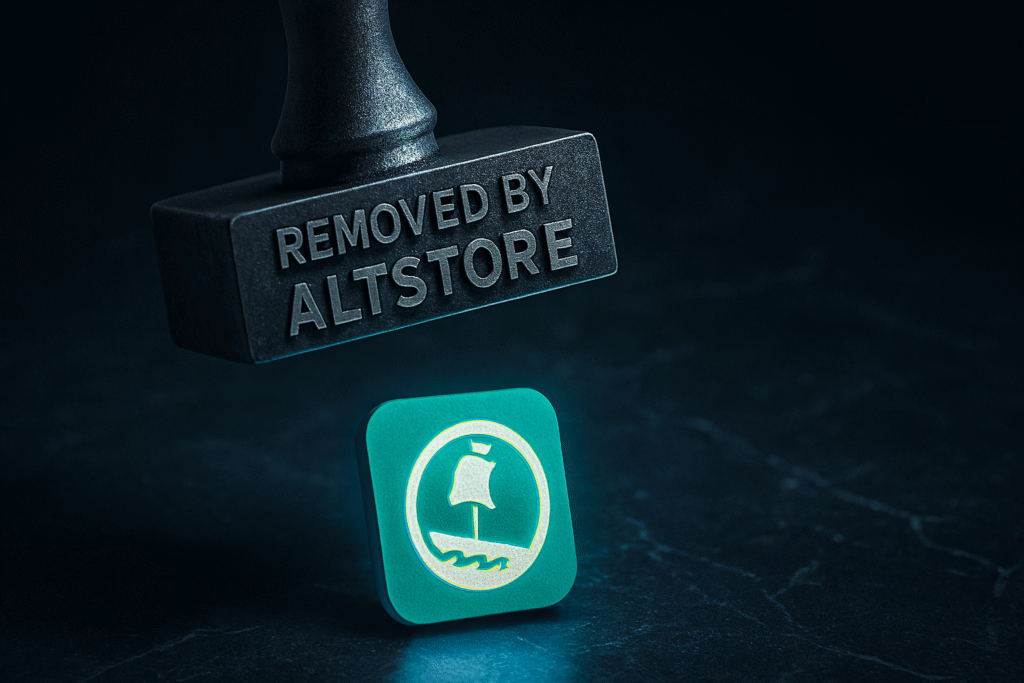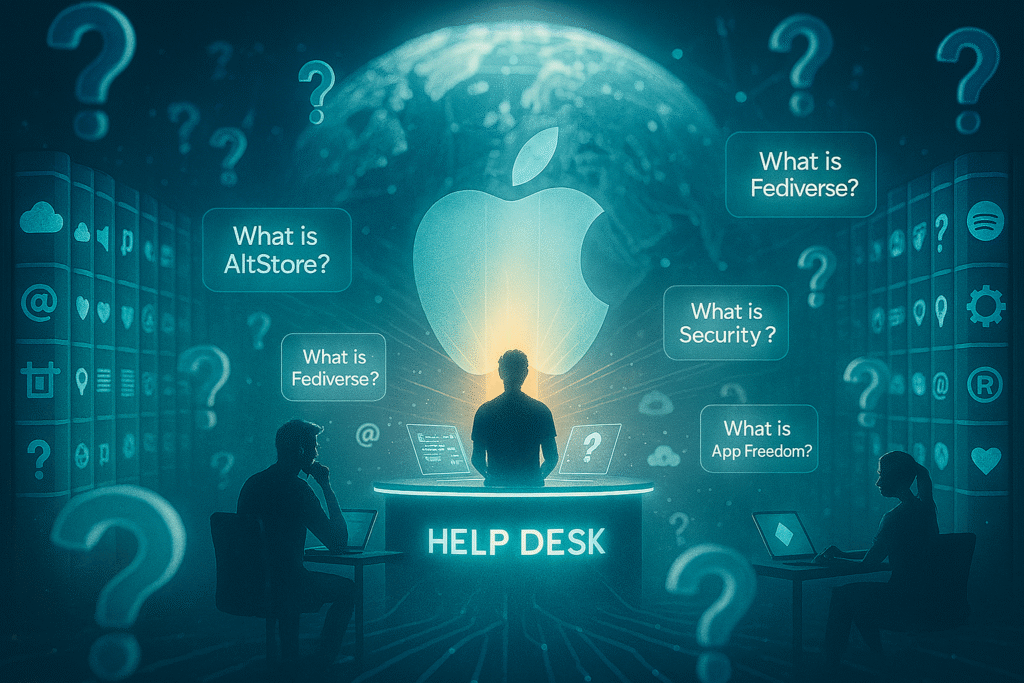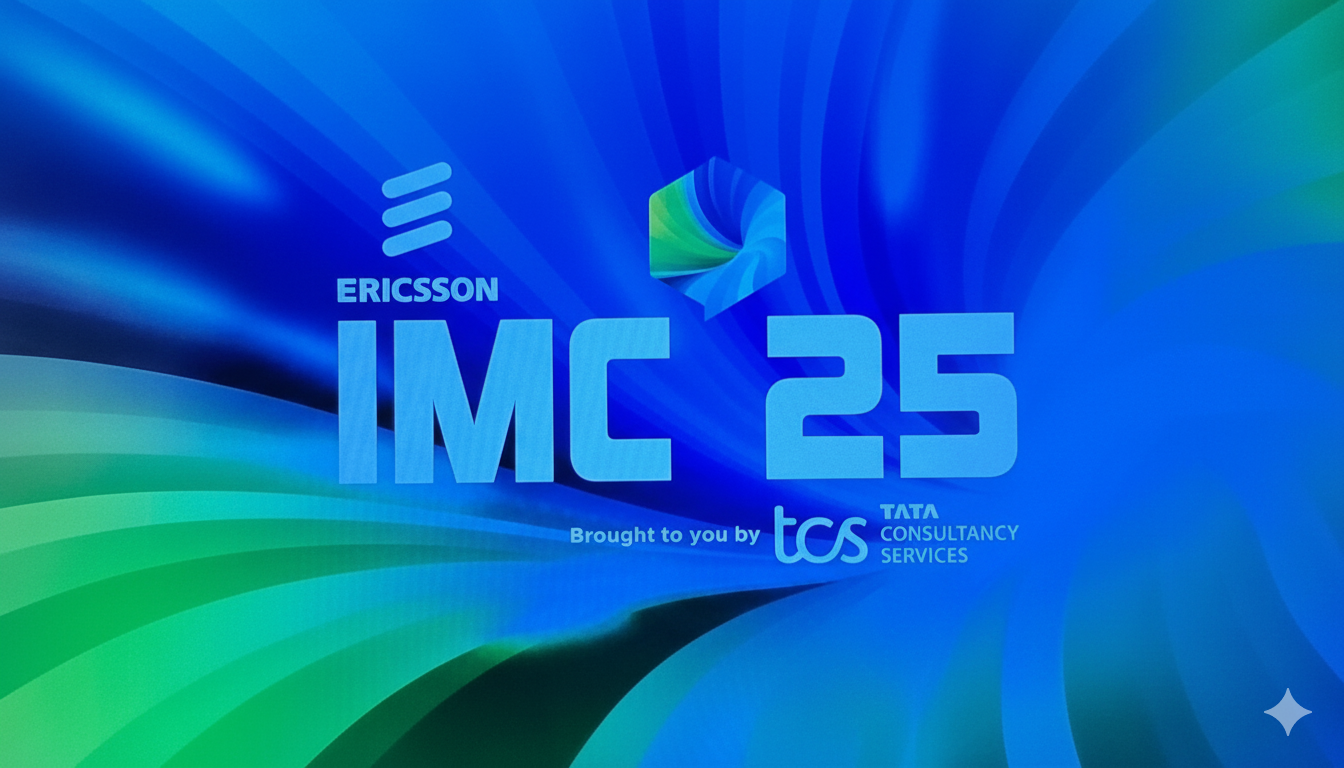Introduction: A New Chapter in iOS App Freedom
Over the past year, regulatory and technological shifts have opened the door for alternative app marketplaces on iOS, and one company in particular, AltStore, is making significant strides. With a freshly announced US$6 million Series A funding round, global expansion plans and integration into the federated social web (the “fediverse”), AltStore is positioning itself as a serious alternative to the traditional Apple App Store. In this article, we’ll dig into what AltStore is doing, why it matters, how it works, and how this shift could reshape mobile app distribution.
What is AltStore and why now?

AltStore began as a way for iOS users to sideload apps, especially emulators, outside of Apple’s rigid approval process. With the introduction of the Digital Markets Act (DMA) in the European Union (which requires Apple and other big tech firms to allow greater competition), alternative app stores like AltStore PAL (its EU version) gained regulatory cover to operate.
Since then, AltStore has evolved. It now offers a storefront where developers can self-publish, supports apps that would normally be blocked by Apple, and aims to provide flexibility in monetisation models. All of this makes it a compelling disruptor in the highly controlled iOS app-distribution ecosystem.
Highlights of the Recent Funding and Strategy Moves

Here are some of the key developments to know:
- AltStore raised US$6 million in a Series A round led by Pace Capital, which acquired roughly a 15% stake in the company.
- The funding will allow the startup (founded by Riley Testut and Shane Gill) to go beyond the two-person founding team and build more infrastructure, likely hire more staff and scale operations.
- As part of the strategic growth, AltStore is planning expansion outside of Europe – specifically Australia, Brazil and Japan by end of 2025, with the UK slated for 2026.
- They are also integrating with the fediverse (federated social platforms like Mastodon and Threads) via the ActivityPub protocol. Developers can publish updates that appear in users’ social feeds and vice-versa.
- AltStore has committed US$500,000 of the new capital to support fediverse infrastructure projects (for example Mastodon gGmbH, Bridgy Fed) signalling that the company sees the open social web as strategic.
Also Read: The Open Social Web in 2025: Mastodon, Threads, Bluesky & the Rise of the Fediverse
What AltStore Offers Developers and Users

For developers
- A platform to self-publish apps, with fewer restrictions compared to Apple’s App Store. AltStore supports business models like subscriptions, one-time purchases, and donations.
- It has attracted more than 100 developers already, more than some rival alternative stores claim.
- It hosts apps banned from the Apple Store such as emulators (for example the popular “Delta” emulator) and even adult-oriented apps.
For users
- The ability to access apps not available in Apple’s App Store, thanks to the alternative distribution model.
- A new discovery pathway via federated social integrations: if a developer publishes an update, it can appear in your feed on Mastodon or Threads, making discovery more social and less controlled by algorithms within one single store.
- Geographic expansion into more countries means more users will be able to access these alternative offerings.
Why This Matters: Implications for Apple, Developers and Mobile Ecosystem

For Apple and its App Store monopoly
With regulators pushing Apple to open up, alternative stores like AltStore are showing how the iOS app ecosystem might evolve. Apple’s tight control of distribution, discovery and payment processing has often been criticised. AltStore’s growth suggests that more open ecosystems are possible, and that developers and users may welcome them.
For developers
Developers locked out by Apple’s policies (either due to content restrictions or business model restrictions) now have more options. AltStore’s approach gives them more freedom. The integration with social feeds also means new possibilities for reaching users outside the traditional App Store discoverability funnel.
For users
More choice is likely to spur innovation. With new kinds of apps, business models and distribution channels there is potential for a more vibrant app ecosystem. On the other hand, users need to be cautious: alternative stores may have different levels of security, oversight and curation compared to Apple’s built-in App Store.
The Real-World Impact: iTorrent and the New Rules of the Game

The existence of alternative marketplaces is already creating waves. A recent case highlights that a torrent client called iTorrent was removed from the AltStore PAL marketplace. This event is actually a perfect case study in how this new world works.
Unlike the traditional App Store where Apple is the sole arbiter, alternative marketplaces now have their own responsibility to moderate content and comply with local laws. The removal of iTorrent shows that AltStore is establishing its own set of rules, creating a new layer of digital governance. It’s a reminder that “open” doesn’t mean “lawless”; it means the rules are now being set by multiple players.
Risks and Challenges Ahead

- Regulatory and legal responses: Apple may respond by tightening certain controls or by modifying its policies around sideloading and alternative stores, especially outside the EU.
- Security and trust: Alternative app distribution always carries more risk. Without the same closed ecosystem that Apple historically provided, users may face greater exposure to malicious apps unless robust safeguards are built.
- User reach & adoption: Even with funding and expansion plans, AltStore still faces the uphill task of acquiring users, convincing developers to participate and building global infrastructure.
- Monetisation and ecosystem dynamics: While the business model is more open, sustaining a large, global alternative store is resource intensive and competitive.
What to Watch Next

- Whether AltStore successfully launches in Australia, Brazil and Japan by the end of 2025 as planned.
- How the fediverse integration works in practice: will app updates really surface in users’ social timelines? Will developers adopt it?
- How Apple and other ecosystem players respond to the growing presence of alternative stores.
- The ecosystem’s response in terms of security: will alternative stores set up strong review processes, or will issues emerge?
Recommended Readings

- “The Age of Surveillance Capitalism” by Shoshana Zuboff: Provides a deep dive into the business models of major tech platforms and the implications for society, explaining why alternatives matter.
- “The Master Switch” by Tim Wu: A brilliant history of information empires, from the telephone to the internet, arguing that cycles of open and closed systems are the norm.
- “Loonshots” by Safi Bahcall: Explores how to nurture wild, fringe ideas that can change the world a perfect lens through which to view the rise of a project like AltStore.
- “Platform Revolution” by Geoffrey G. Parker, Marshall W. Van Alstyne, and Sangeet Paul Choudary: A clear-eyed look at how network-based marketplaces function and disrupt, providing the business theory behind the App Store’s dominance and the challenges to it.
Frequently Asked Questions (FAQ)

Q1: What is AltStore PAL?
A: It is the version of AltStore built specifically for the European Union, made possible by the DMA regulation which compels Apple to permit alternative app stores and sideloading in the EU.
Q2: What kind of apps can I find on AltStore that I cannot on Apple’s App Store?
A: Examples include emulators (such as Delta), virtual machine apps (UTM), and even adult-oriented apps that are typically banned on Apple’s official App Store.
Q3: How does the fediverse integration work?
A: Developers can opt-in to publish their app updates via AltStore’s aligned Mastodon server (or through ActivityPub), so users following those accounts on federated networks (Mastodon, Threads, Bluesky) will see updates. Interactions like likes or replies can sync into the AltStore app.
Q4: Is AltStore available worldwide?
A: Not yet. So far it has a strong foothold in the EU. It plans to expand into Australia, Brazil and Japan within 2025, and the UK in 2026.
Q5: Are there security risks with using an alternative app store?
A: Yes, potentially. Alternative stores may not have the same level of review and security oversight as the official Apple Store. Users and developers should weigh convenience and choice against security and trust.
Q6: Do I have to jailbreak my iPhone to use AltStore?
A: No. That’s the key difference. In supported regions like the EU, AltStore PAL is a legally sanctioned alternative marketplace that works on a standard, un-jailbroken iPhone due to the new regulations.
Q7: What is the Fediverse?
A: The Fediverse (a portmanteau of “federation” and “universe”) is a collection of interconnected, decentralized social networks. Instead of one company owning everything, independent servers run social platforms (like Mastodon, PixelFed, etc.) that can all communicate with each other.
Q8: Why are emulators a popular topic with AltStore?
A: Emulators (software that allows one device to mimic another, like a gaming console) were historically restricted on the official App Store. AltStore has provided a legitimate platform for these types of utility applications, enabling users to play classic and even modern console games (like Nintendo Switch games) on their iPhones, which has significantly driven its popularity.
Conclusion

AltStore is a notable development in the mobile app ecosystem. With its $6 million funding, global expansion plans and integration with the open social web, it offers a tangible glimpse into a more open future for app distribution on iOS. For developers locked out of the traditional model, it opens doors. For users, it brings choice. And for Apple, it signals that the walls around its App Store may be cracking. As the model matures, the key questions will be around security, trust, and whether this alternative approach can scale.











Leave a Reply